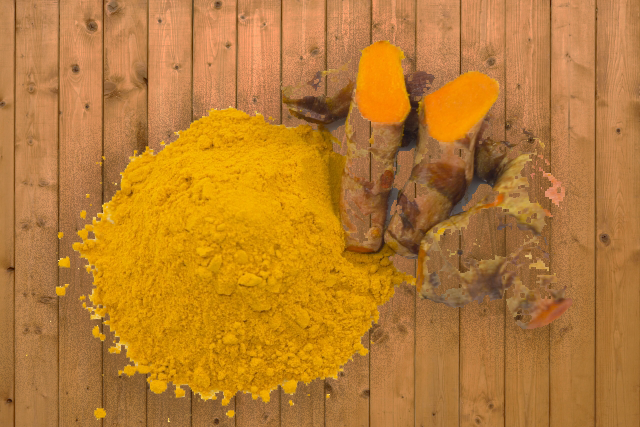As a woman’s body transitions through menopause, learning how the body energizes in this new cycle is important. Rather than comparing the body–changes in weight, changes in skin, changes in emotion–to how it was, this is a season for reflection, for embracing what the body is becoming. While more and more women are learning how to sync their exercise to their menstrual cycle, exercising more in their follicular and ovulatory phases and resting more during the luteal and menstruation phases, women going through menopause and perimenopause are invited to learn and listen to what their body needs regarding exercise. Do you have energy for group classes? New classes like dancing or cycling or Zumba? Or is your body craving individual activity, like running or walking, or gentler movements like stretching and yoga? A balance of cardio and strength training with flexibility work is a powerful program, and it’s important not to fall victim to some of the biggest exercise mistakes during menopause.
Strength Training Vs. Cardio
As some women experience weight gain during menopause, an increase to cardio and strength training exercises is a great way to burn extra calories while still enjoying movement and increasing muscle. Many women make the mistake of just doing cardio, hoping to avoid weight gain, but that’s missing the vital component of increasing muscle mass. Strength training in short intervals, 30 minutes of squats, lunges, and weightlifting, is a great place to start. Focusing on the large leg muscles is also recommended by researchers who study menopause. If weight lifting is new to you, starting with light weights is recommended. There are also many classes at gyms that are introductions to strength training, as well as libraries of videos online.

menopause exercise benefits
Walking Vs. Swimming
Similarly, many women who prefer cardio exercises like swimming and cycling miss the importance of putting weight on the muscles, doing exercises like walking and running. The more weight the skeleton can bear, the less likely studies say it is for menopausal women to develop osteoporosis. One study of 60,000 postmenopausal women showed that when they walked at a fast pace 4+ times a week, they had a lower risk of hip fractures compared to those who did not walk as fast or as much during the week. While exercises like swimming and cycling are also important, aim for a balance of aerobic activity that impacts the skeletal system as well as improves muscle mass.
Preparing the Body: Warming Up and Stretching
When beginning a new exercise regimen, or continuing the regimen that’s been in place for decades or years, it is recommended that women going through menopause spend more targeted time warming up and stretching after a workout. Research done by the Women’s Sports Medicine Center at the Hospital for Special Surgery in New York City found that older bodies need a longer warm-up to prepare and loosen muscles and joints. 10 minutes of quick activity can suffice. Jogging in place, active stretching, exaggerated knee lifts, and arm swinging can all help get the blood flowing. Similarly, it’s important to stretch after exercise to properly transition the body to a more stagnant state. One of the ways to do this is through yoga and balancing activities.
Yoga and Balance
Accompanying the physical changes of menopause, there can be moments of tension with the changes that occur. Yoga and meditation are possible modes of calming the mind through those transition times. Not only can these practices which focus on daily presence, deeper breathing, and targeted strengthening help the mind, but a study by the Journal of Sexual Function showed that they can help increase sexual function for women over the age of 45. Incorporating stretching along with a yoga practice is important to keep joints loose and flexible, and stretching can be woven into any exercise regime. Stretches also help the body improve its balance which, studies have shown, can decrease as women enter menopause.

menopause exercise routines
Getting Started with Weekly Exercise
The Centers for Disease Control and Prevention recommend that women under 65 should aim for at least 150 minutes a week of moderate-intensity aerobic exercises, like walking, cycling, or swimming. On top of that, doing 30 minutes of strength training twice a week, as long as there’s a day of rest between these sessions, is also encouraged. Yoga can be added according to what each individual feels they need, but balance stretches, warm ups, and stretching after exercise should be practiced frequently. These recommendations don’t have to be followed exactly, but they are a great place to begin when thinking about what a body needs as it transitions through menopause.
Find how to strength your bones naturally during menopause exercise program with Japanese bone strength complex formula from Juveriente®.




